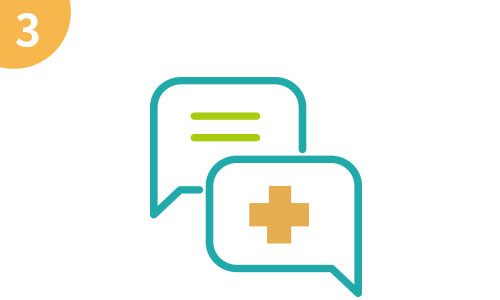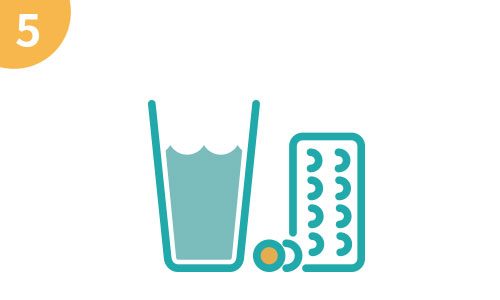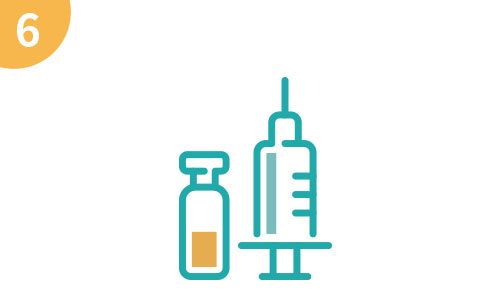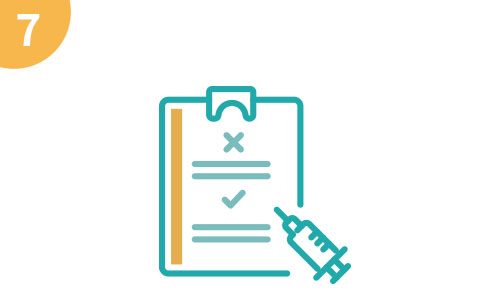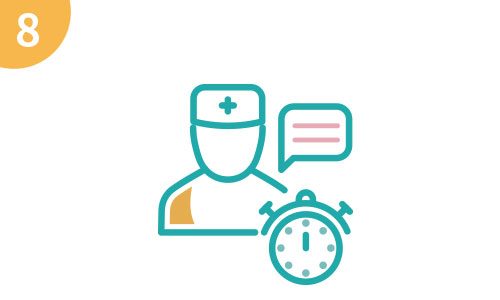Check general physical examination examinations, such as chest auscultation, airway assessment, degree of mouth opening, etc. Biochemical examination, blood cell examination, electrocardiogram, and chest X-ray examination are also necessary. The hospital will complete most of these routine examinations, but some special inspections need to be recommended by the anesthesiologist, such as cardiac systolic function and cardiac ultrasound.




